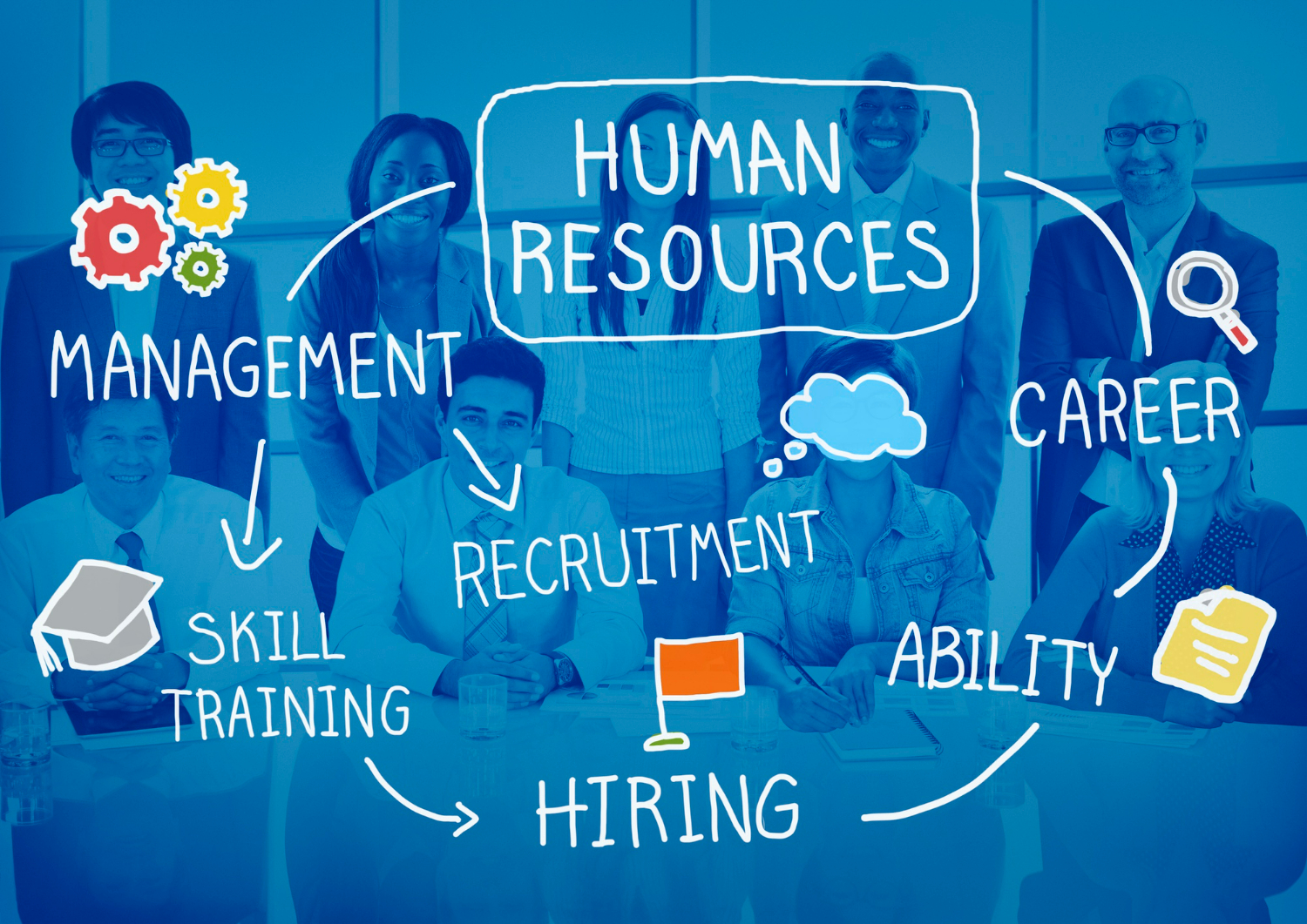The misconception that human resource management (HRM) is crucial only for large businesses is no longer true. In the modern world, human resource management has been acknowledged as a crucial factor in determining the success of MSMEs.
While you may be a small business or in your formative years who can’t afford a human resource professional, it is crucial you first understand why effective human resource management is key to your growth and success.
There are several compelling reasons — skill gap, high turnover, and rapid outbound migration of skilled and semi-skilled workforce leading to shortage and competition for skilled and motivated workforce.
So if you don’t want to end up repeatedly engaging in hiring processes and waste your time and resources, focus on the following areas when managing your human resource needs:
Workforce Planning and Recruitment: Identify the specific skills and competencies required to achieve your business goals and objectives. Conduct strategic workforce planning to anticipate future needs. Efficiently recruit and onboard qualified, skilled, and motivated candidates who align with the company’s culture and values.
Employee Development and Training: Invest in employee development programs to enhance skills and knowledge. Offer training opportunities that align with both your individual career aspirations and your business growth trajectory. A well-trained and motivated workforce contributes significantly to productivity and innovation.
Performance Management and Feedback: Establish a performance management system that sets clear expectations and goals for employees. Regularly provide constructive feedback and recognition to foster a culture of continuous improvement and reward exceptional contributions.
Employee Engagement and Retention: Create a positive work environment that promotes employee engagement and job satisfaction. Encourage open communication, involve employees in decision-making, and recognize their achievements. Implement retention strategies, such as competitive compensation, work-life balance initiatives, and career advancement opportunities.
Compliance and HR Policies: Ensure compliance with labor laws and regulations in Nepal. Develop and communicate clear HR policies and procedures to address various aspects, including leave policies, disciplinary actions, and workplace safety (Read more below).
Leadership development: Identify potential leaders within the organization and provide them with growth opportunities, mentorship, and decision-making responsibilities. Developing strong leaders from within the business ensures continuity and a capable management team who can make informed decisions even during your absence.
Adaptability and Flexibility: Be prepared to adapt to changing market conditions. Build a flexible workforce capable of handling different roles and responsibilities as the business evolves.
Employee Well-being and Support: Prioritize employee well-being and mental health. Offer support services and resources that promote work-life balance and address personal challenges that may impact performance.
Technology Adoption: Leverage technology for HR functions, such as automated payroll processing, employee management systems, and online training platforms. This streamlines HR processes and allows for better data management.
Seek HR Agency Help: Don’t hesitate to approach HR agencies for managing your HR tasks who can deliver you tailor-made services based on your business needs.
HR Metrics and Analysis: Track HR metrics, such as employee turnover, engagement levels, and training effectiveness. Analyze the data to make informed decisions and continuously improve HR practices.
Implementing Labor Laws
Every business is required to abide by the labor laws set forth by the government to guarantee the ethical and fair treatment of employees. In addition to defining obligations for employers, labor laws offer a legal framework that protects the rights and welfare of employees. Here are some of the important provisions of the Labour Act 2017 that every HR manager should implement to manage the overall performance of the business.
1. Working hours and remuneration
According to the labor law of Nepal, employees are entitled to a maximum of 8 hours of work per day, 48 hours per week, with at least one day off as a weekly holiday. This provision ensures that employees have a reasonable work-life balance and adequate time for rest and personal activities. Furthermore, overtime work cannot be made compulsory except if it causes adverse effects on the life, safety, and health of any person or a serious loss or damage to the employee. In situations where overtime work is required, it must be compensated at a rate of 1.5 times the regular remuneration and cannot exceed four hours per day.
2. Provision relating to the probation period
Any employer who executes an employment contract with a worker has the right to place him or her on probation for six months. This contract can be terminated if an employer is unsatisfied with an employee’s work. Following the completion of the worker’s probationary period, the employment contract between the parties, if not terminated, will be assumed to be valid.
3. Right to receive a festival allowance
As a festival allowance, every employee shall be entitled to receive an amount equal to one month’s basic wage each year.
4. Provisions relating to provident fund, gratuity, and insurance/medical insurance
- 10 percent of the basic salary of each worker must be deducted from the employee’s basic salary.
- 100% of the equal amount must be added and deposited as the total amount for the provident fund.
- An amount equivalent to 8.33% must be deducted from the basic salary every month and deposited for gratuity.
- An annual medical insurance payment of at least one hundred thousand rupees for every worker should be made.
- Every employer must provide accidental insurance coverage of at least 700,000 rupees for all workers, covering all types of accidents.
- If a worker gets injured or is disabled as a result of an accident, compensation will be given based on a predetermined percentage that corresponds to how serious the injury or disability is.
- If a worker dies or suffers complete mental or physical incapacitation due to an accident, the worker or their legal heir, in accordance with applicable laws, will receive 100% of the insured sum amount as compensation.
5. Provisions relating to leave
|
S. No. |
Leave Type | No. of Days |
|
1. |
Weekly leave |
1 day |
|
2. |
Paid public leave |
13 days (including May 1st) and in the case of females 14 days (including International Women’s Day) |
|
3. |
Home leave |
1 day for every 20 days of the work period |
|
4. |
Sick leave |
12 days |
| 5. | Maternity leave |
14 weeks before or after delivery (female), 15 days for male labor |
| 6. | Mourning leaves |
13 days |
6. Provision to resolve/settle disputes
- An enterprise with 10 or more laborers is required to establish a labor relations committee, which facilitates discussions, resolves grievances, and enhances working conditions.
- Individual disputes may be settled through mediation or the labor office if the employer fails to respond to the notice provided within the seven days prescribed by law.
- Arbitration, mediation, bargaining, and other forms of collective action are used to resolve disputes. The resolution of collective conflicts may involve strikes.
- If a strike fails to resolve or is not conducted by the Act, employers have the power to lock out an entire company after receiving approval from the Department of Labor.
7. Provisions relating to leave
- Time-based employment – when the time specified in the contract expires
- Task-based employment – when the specified work is completed
- Casual employment – will of the employer or worker if so desired
- On the basis of poor work performance
- Compulsory retirement – when an employee reaches the age of 58
















